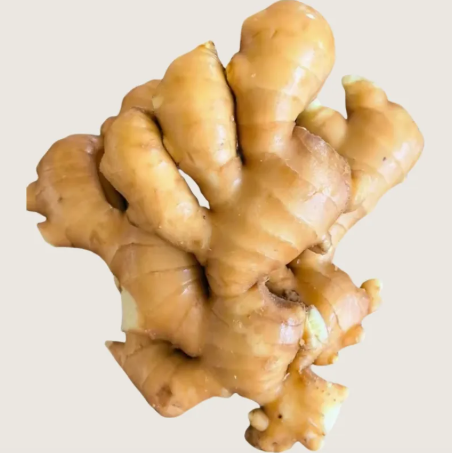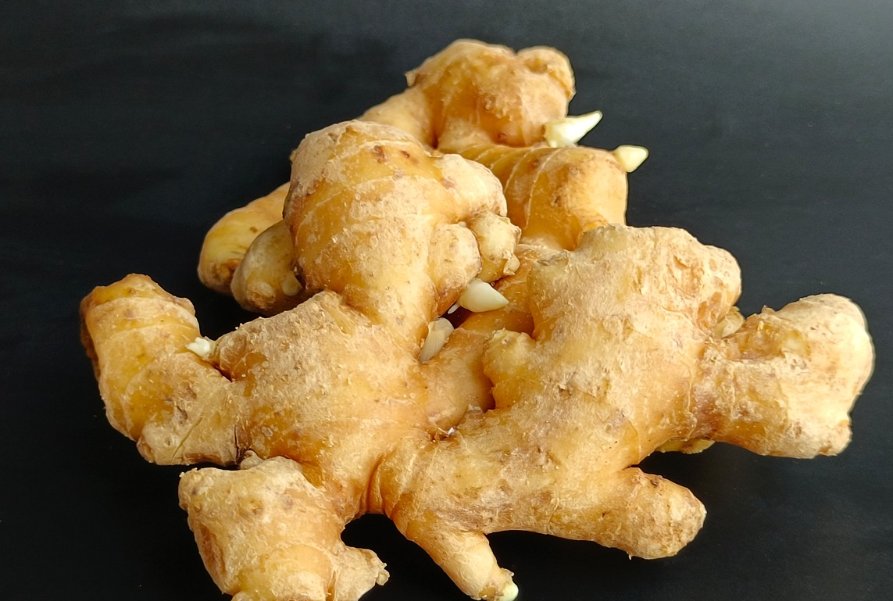
Ginger thrives best in a temperate climate. A temperature range of 25 - 30°C is ideal for its growth. In such a climate, the ginger plants can develop more vigorously. For instance, in regions where the average annual temperature is around 27°C, the growth cycle of ginger can be effectively shortened by about 10 - 15 days compared to areas with lower temperatures. Moreover, the sunlight duration also plays a crucial role. Ginger requires about 10 - 12 hours of sunlight per day during the growing season. Insufficient sunlight may lead to weak growth and reduced yields.

The choice of soil is fundamental for growing high - quality organic ginger. Fertile, well - drained, and loose soil is preferred. A soil with a pH value between 6.0 and 7.0 is most suitable. For example, loamy soil rich in organic matter can provide sufficient nutrients for ginger growth. It is estimated that in loamy soil, ginger yields can be 20 - 30% higher than in sandy soil. Additionally, the soil should have good water - holding capacity to ensure continuous moisture supply for the plants.
Before planting, ginger seeds need to be carefully selected. Choose plump, disease - free ginger pieces. The ginger seeds should be soaked in a natural disinfectant solution for about 2 - 3 hours to prevent diseases. Then, they are placed in a warm and humid environment for germination. After about 7 - 10 days, when the buds grow to about 1 - 2 cm, they are ready for planting.
The planting density is an important factor. Generally, the row spacing is about 30 - 40 cm, and the plant spacing is about 20 - 25 cm. This allows each ginger plant to have enough space for growth. When planting, place the germinated ginger pieces in the planting holes with the buds facing upwards, and then cover them with about 5 - 7 cm of soil. After planting, water the soil thoroughly to ensure good contact between the ginger seeds and the soil.
.jpg)
To achieve pesticide - free organic ginger, biological and physical control methods are mainly used. For example, introducing beneficial insects such as ladybugs can effectively control aphids. Physical barriers like nets can prevent pests from approaching the plants. According to industry data, using these methods can reduce the pest infestation rate by about 60 - 70%. In terms of diseases, proper ventilation and drainage can prevent the occurrence of root rot and other diseases. The use of organic fertilizers can also enhance the plant's disease resistance.
During the growth process, regular fertilization and watering are necessary. Apply organic fertilizers every 20 - 30 days to ensure continuous nutrient supply. The amount of fertilizer applied per mu (about 667 square meters) is about 1000 - 1500 kg. Water the plants according to the soil moisture. In dry seasons, water 2 - 3 times a week. By implementing these management measures, the average yield of organic ginger can reach about 3000 - 4000 kg per mu.

Export - grade organic ginger requires strict quality control. It should have thin skin, yellow flesh, rich flavor, and high nutritional value. The content of heavy metals and pesticides must meet international standards. In recent years, the global demand for organic ginger has been increasing at an annual rate of about 10 - 15%. The high - end market, especially in Europe and North America, has a strong preference for organic ginger with no pesticide residues.
If you are eager to learn more about our high - quality organic ginger products or have any questions about the planting technology, click here to get in touch with us and take the first step towards high - end organic ginger business!